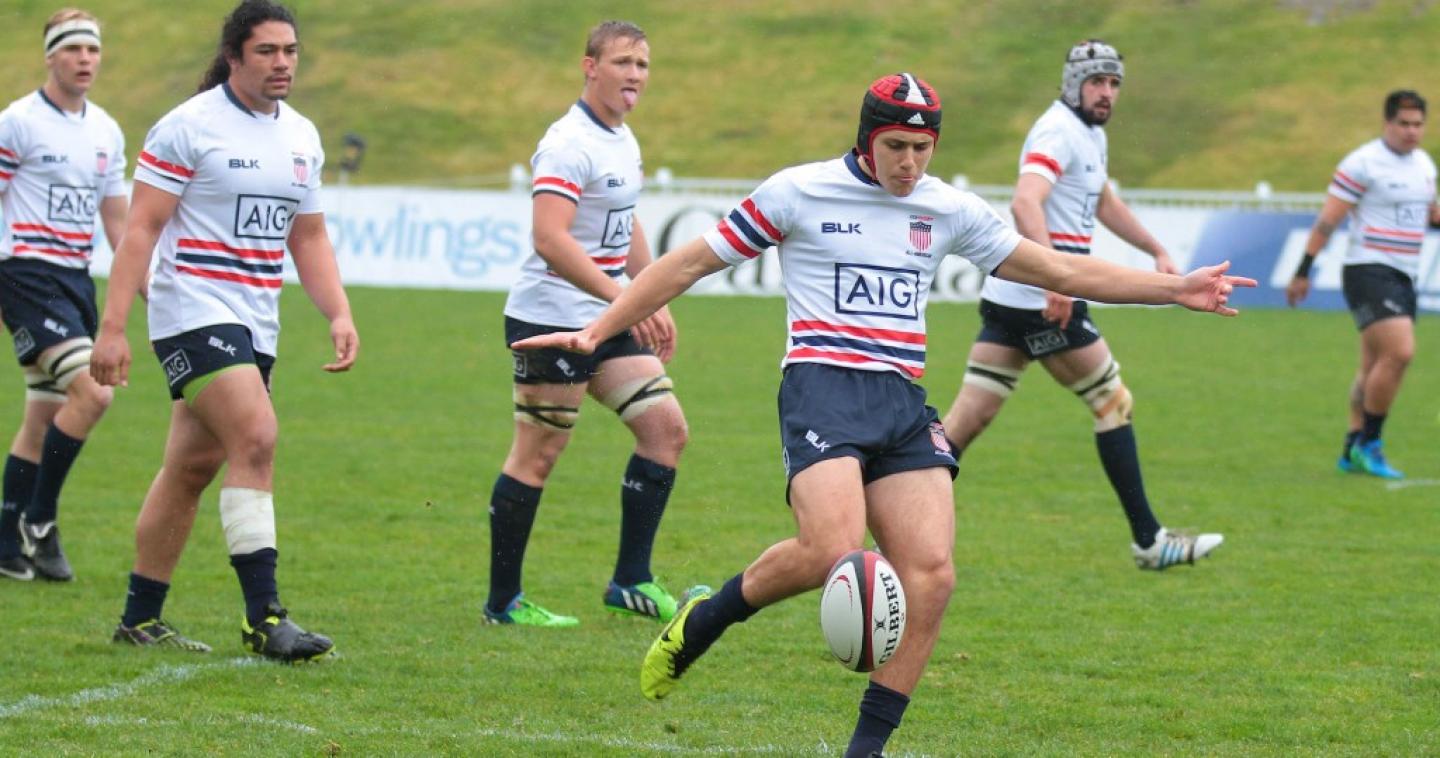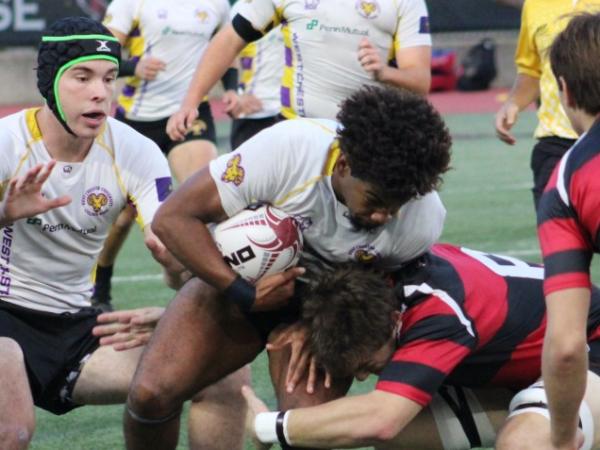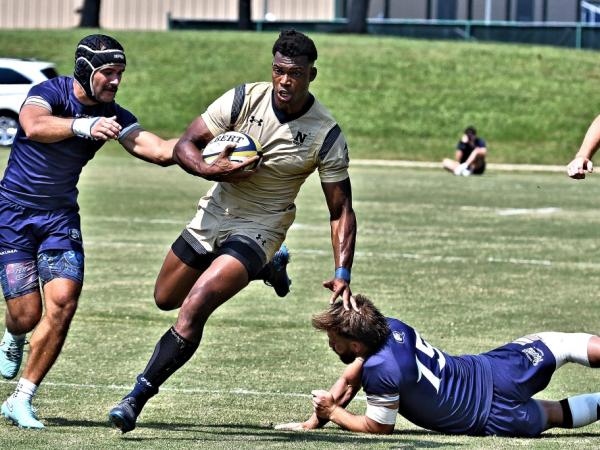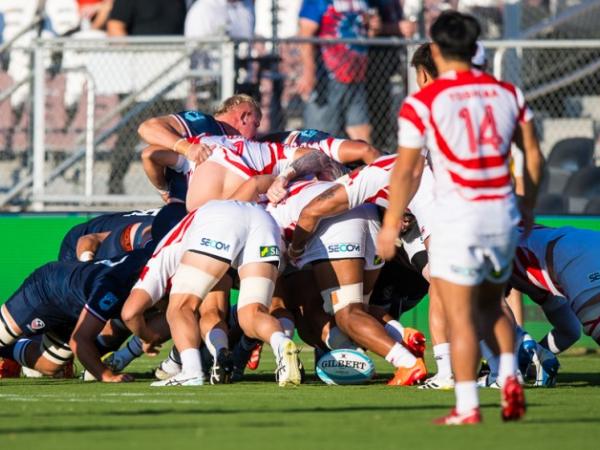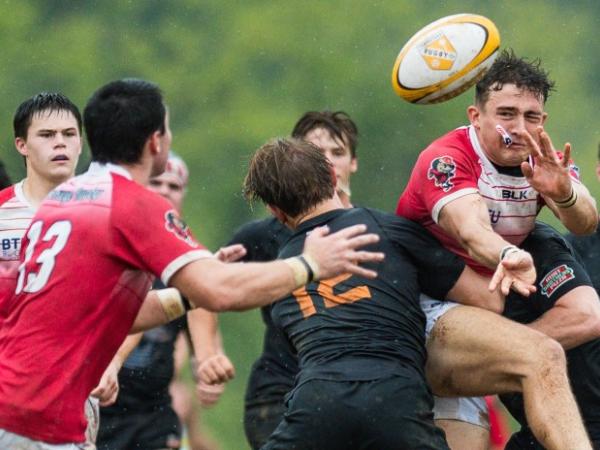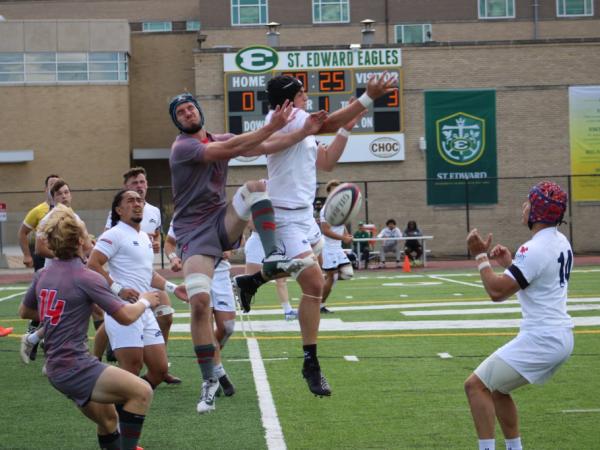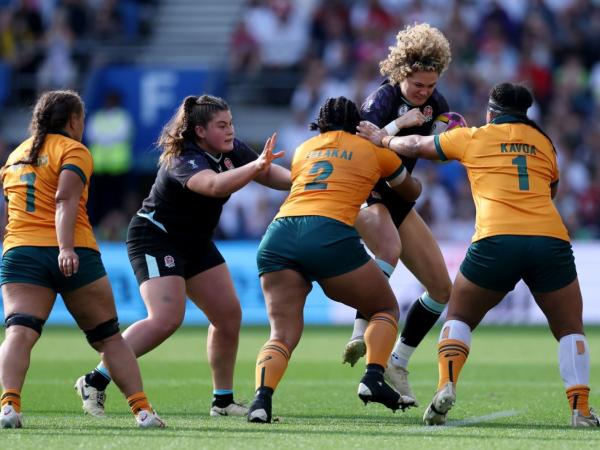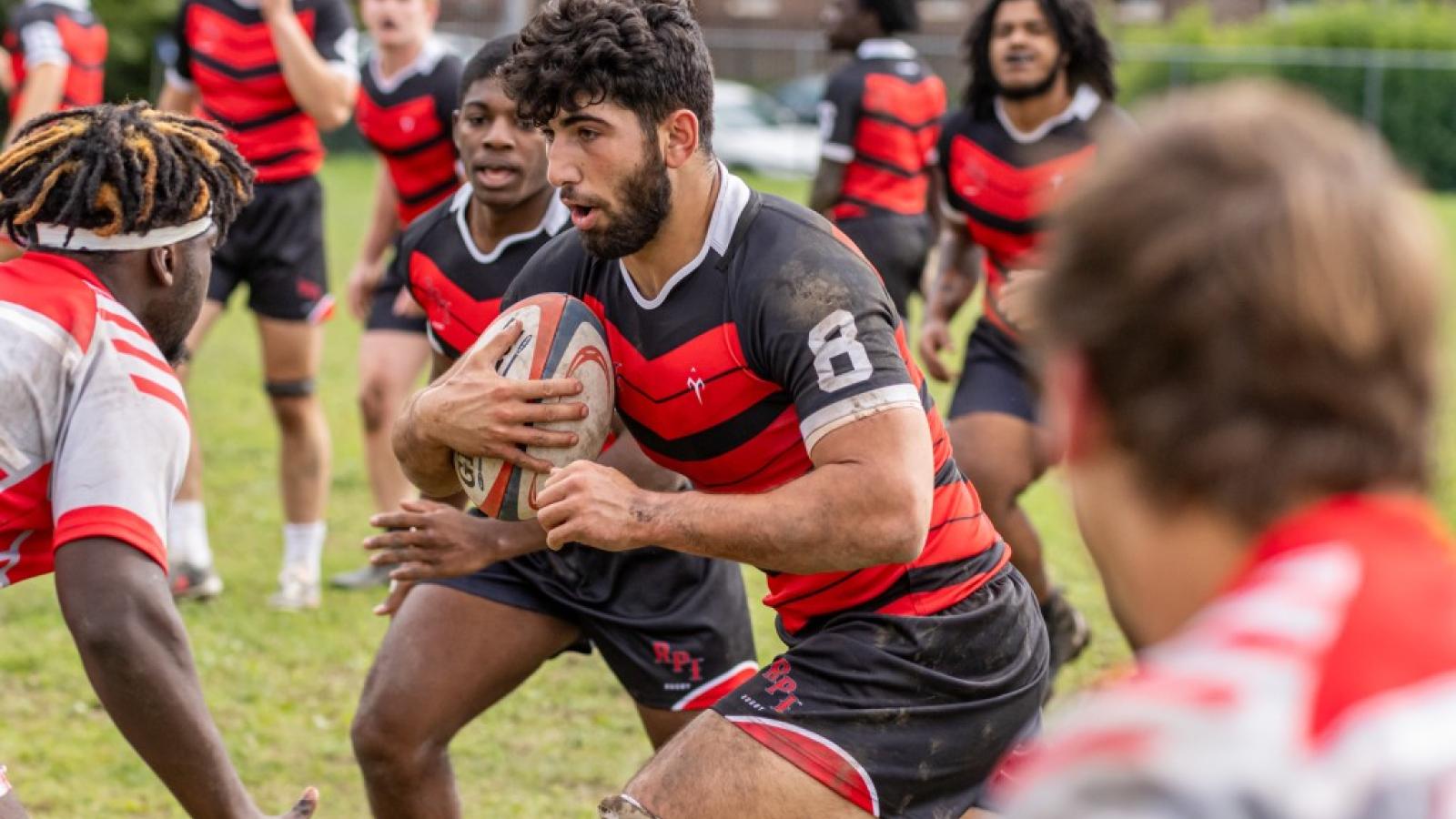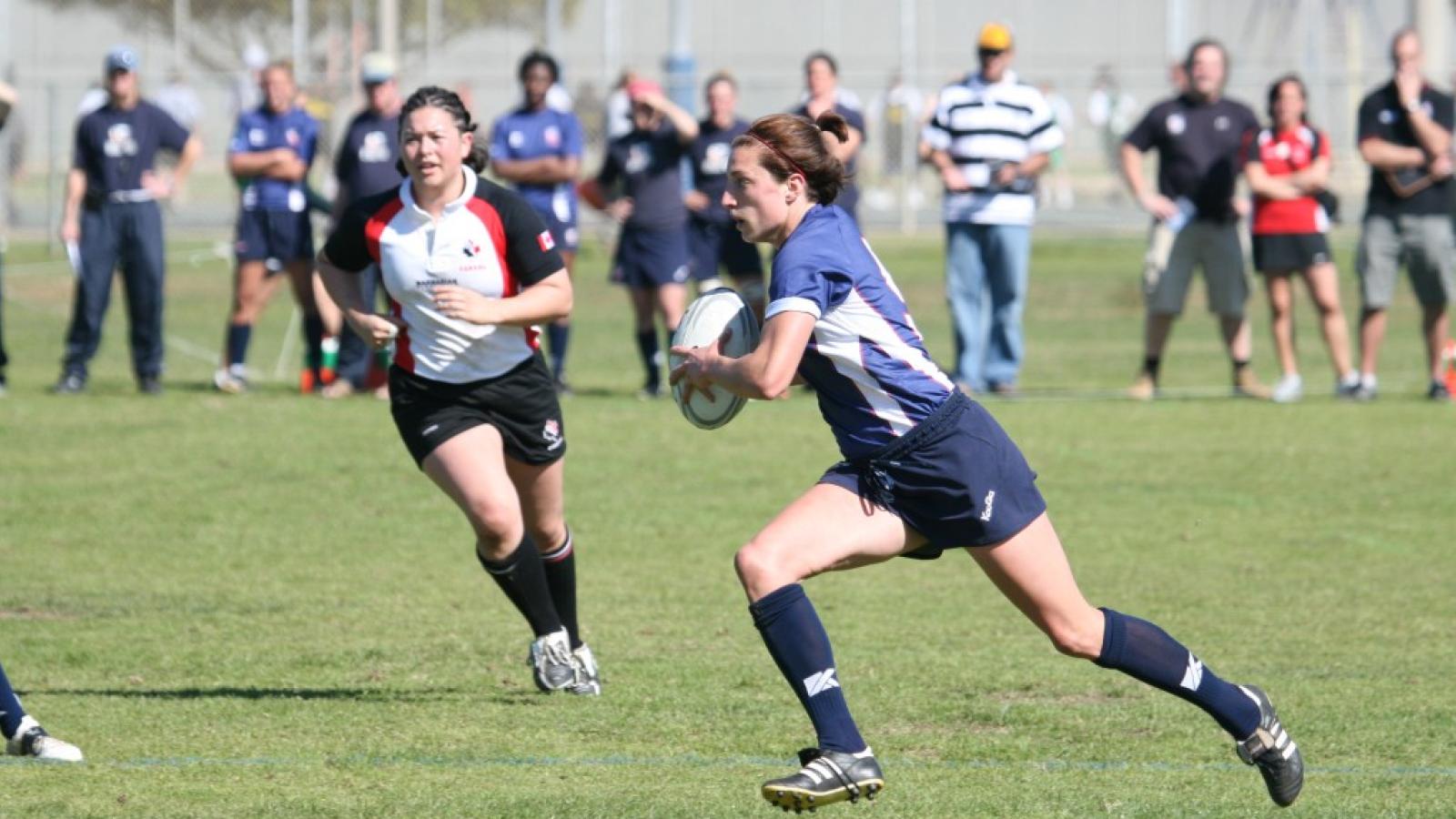So I've had the opportunity to watch more Southern Hemisphere rugby than I usually watch—when there's no domestic rugby to watch, you end up watching something.
And this has given me a bit of an opportunity to observe one of the more momentous law variations being trialed in Super Rugby AU (Super Rugby has been split, with Australian teams playing as Super Rugby AU, the New Zealand teams playing Super Rugby Autearoa; there is no Super Rugby South Africa and there might not be going forward). It's the 50-22 rule.
The rule is as follows: Kick from behind the 50, and cause your kick to bounce into touch inside the opposition 22. If that happens, your team gets the lineout.
On the face of it, the idea is kind of insane. Rugby has long been a sport (like pretty much every other football sport) where you trade possession for territory. Now, if you are a good kicker, you can camp out behind your 50 all day and set your team up for attacking lineouts.
But I went into this with an open mind. The brains trust on World Rugby's laws committee had to have a good reason for it. Their stated reason was that if one team kept doing this, teams would be forced to drop back more players to cover the kicks, thus opening up space in the primary defensive line.
Well ... so far I am not sure I've seen too much happen with this law trial. Why?
1. The kickers aren't good enough. It is actually pretty difficult to thump the ball from ten meters inside your own half on a sufficient angle that the ball bounces into touch inside the 22. Watching the Super Rugby AU games I haven't seen a lot of players who can do it.
This, I think, is a bit of a result of the fact that professional rugby players are becoming bigger and more powerful. You can't necessarily afford to have too many players who are really, really good kickers from the hand who aren't particularly big. I have noticed this watching the AFL (Aussie Rules) as well. The players have been getting bigger, and the big men are often nowhere near as good at kicking the ball as their predecessors from 10 or 20 years ago. I have seen way to many big men take the mark (fair catch) in Aussie Rules right in front of the goal, and on their uncontested free kick, miss an easy kick at goal. Oof.
2. Doing this in open play is quite difficult because bodies are flying all over the place and you have to take a second look to make sure your angles are right. That second look can often result in you getting smashed.
3. The lineouts haven't been firing. Got to make sure you're sure on the lineouts before the tactic works.
OK, but let's say most of that gets worked out. Players start to get used to what is required for the kick and start being able to make that punt without checking twice. I can see that happening. And then you get your lineout firing. Will this work? Actually, I kind of think it might work too well. When we get back to the international game, this 50-22 rule could completely change the tactics of the game. There will be less running, as the payoff of the long kick and the lineout is too good. Sure, if a team on defense holds lots of players back, you'd probably take a run, but I could also see some teams just kicking all the time. Kick-lineout-maul-repeat.
What the World Rugby laws committees don't seem to understand is that professional coaches don't care about the spectacle; they care about winning. And if it means a boring kick-lineout-maul-repeat game plan then that's what they'll do.
Using this law could fundamentally change the game, but not in a way that makes it more varied or more interesting. Some other columnists have already opined on this, having watched the trial in the NCR in Australia. I kind of hopes it might be better, or easier to judge, in Super Rugby. Maybe not.
What do you think?






